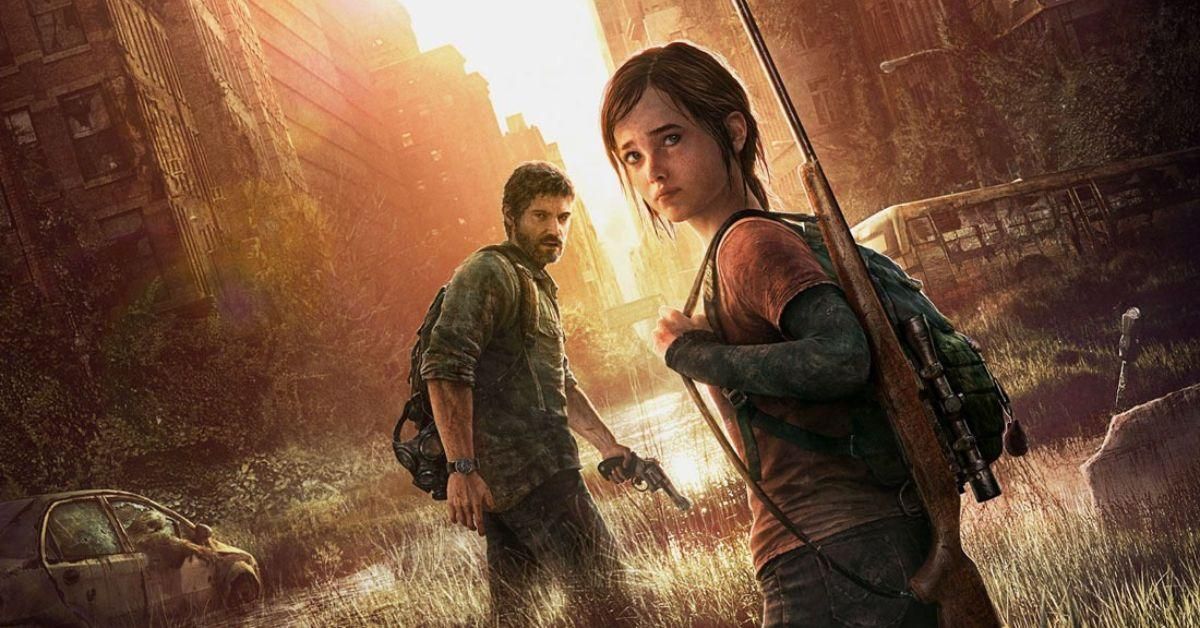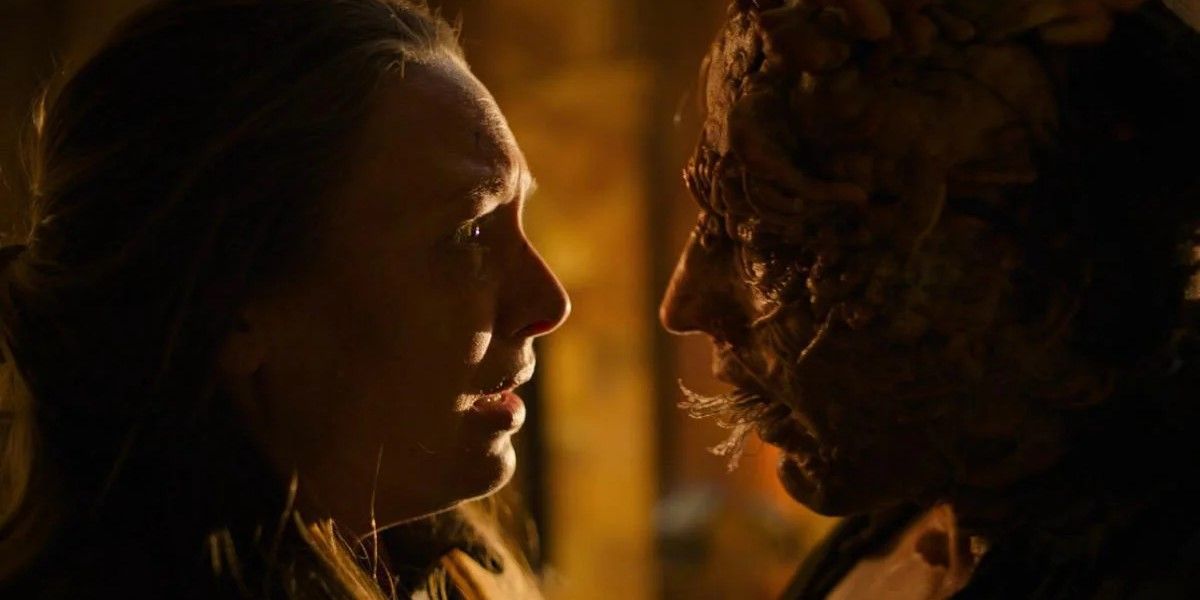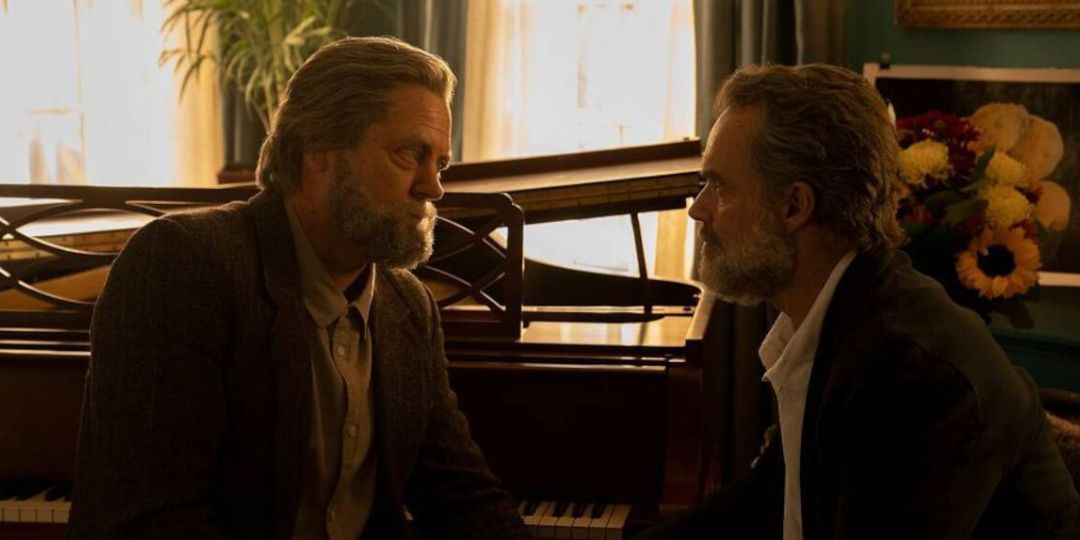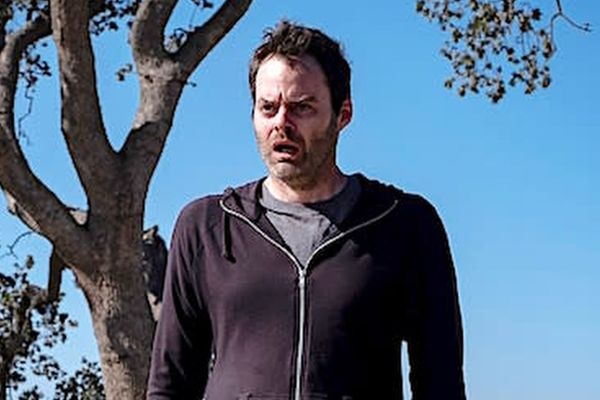
The Last of Us: Raising the Bar for Video Game Adaptations

HBO's The Last of Us proves that successful video game adaptations are possible, capturing the essence of the game while introducing fresh elements Delve into compelling side stories and characters, making it a must-watch for both fans and newcomers
Adapting novels or short stories into movies and TV shows is usually not too challenging, as readers already visualize the story in their minds and it just needs to be transferred to the screen. However, video game adaptations pose a greater difficulty due to the pre-established visual elements.
In video games, characters are not strictly defined since they are controlled by players. Players determine aspects like fighting style and dialogue responses towards other characters. This complexity is why video game adaptations have often received negative feedback. However, HBO's The Last of Us managed to break this trend.
The Last of Us series, based on the critically acclaimed Naughty Dog video game released in 2013, has captivated audiences with its incredible storytelling. While both parts 1 and 2 of the game franchise are remarkable, the HBO series has managed to honor the games while also bringing a fresh perspective. It has successfully kept even players of the games guessing and on the edge of their seats. With that in mind, what can this show teach us about creating compelling video game adaptations in the future?
Keep the Best Parts and Honor the Game
The Last of Us excelled at paying tribute to the game's remarkable narrative. Within the game, players truly experienced the profound connection forming between Joel and Ellie. Moreover, the game invited players into the intricacies of the characters' lives, fostering a genuine understanding and empathy towards each one.
The game features a DLC package called The Last of Us: Left Behind, which delves into the relationship between Ellie and Riley before Riley's infection. It explores their adventures in a mall as they try to experience a taste of normalcy before the outbreak.
Though this additional story was not part of the original game, the producers made a clever decision by incorporating it into the show. It serves as a flashback for Ellie, giving her the courage and inspiration she needs to save Joel, who requires medical supplies. It's a fantastic story and a brilliant addition to the series.
Perhaps the most compelling aspect the show chose to incorporate - a scene that is practically identical to the game - is the confrontation between Joel and Ellie where he utters, "You're not my daughter." With apprehensions about Ellie's safety during their journey to the hospital, Joel decides to entrust her to his brother Tommy, prompting her to erupt in panic and express that she would only feel heightened fear with anyone else. This highly emotional and pivotal moment forces Joel to confront the truth that he still clings to his late daughter Sarah, causing him to erect emotional barriers in all subsequent relationships. Both in the game and the series, this extraordinary scene helps break down the walls between Ellie and Joel, allowing their bond to transcend the grief they carry from losing loved ones.
But Don't Be Afraid to Try Something New
In addition to preserving the highlights, video game adaptations enjoy the liberty of incorporating their unique elements and plot developments to enhance aspects such as context, the intricacies of relationships, and the audience's emotional investment in a character, which may not have been as profound in the original game. An ideal illustration of this is the initial scene where Sarah, Joel's daughter, tragically loses her life.
In the game, Sarah's appearance is brief, as she is the first character that players control. She presents Joel with a watch as a birthday gift, but soon after, she wakes up amidst the outbreak. The audience also gets a glimpse into Sarah's daily life, including her breakfast routine, going to school, and buying the watch for Joel. This builds a strong connection between Sarah and the viewer, intensifying the emotional impact when she is killed.
Modifying certain aspects can improve practicality in live-action adaptations. The series takes a more realistic approach to the infected. In the game, they spread the infection through biting or releasing airborne spores. However, the show opts for a more believable method, using Cordyceps—a fungus with tentacle-like arms that infect the next host. This allows infected individuals to communicate over long distances by sending signals through the ground. This small change has significant implications, making it a highly effective alteration.
Explore Side Stories and Characters
One of the standout episodes from the series focused on an untold aspect of the game -- the captivating story of Bill and Frank. While the game only hinted at their relationship through scattered notes, the show dedicated an entire episode to illuminating their narrative, much to the appreciation of viewers.
In the game, discovering notes and uncovering a tale was a common occurrence, making Bill and Frank's story seemingly unremarkable as yet another tragic account of individuals unable to survive the outbreak. However, within the show, there was no supporting character that resonated with viewers more deeply than Bill and Frank.
The show beautifully depicted the evolution of their relationship, starting from the very beginning and culminating in a devastatingly romantic ending. It truly captured the essence of The Last of Us, showcasing the struggles of the dwindling survivors and the heartbreaking tales of those who didn't make it. The show immersed viewers in this chaotic world, presenting ordinary individuals determined to survive, revealing the sacrifices they had to endure just to push forward.
Curiosity blossoms regarding the direction the second season will take, particularly considering the impactful event in the sequel game that completely alters the course of the story. However, it may be beneficial to make slight adjustments to maintain the seamless continuity of the already extraordinary plot.
















